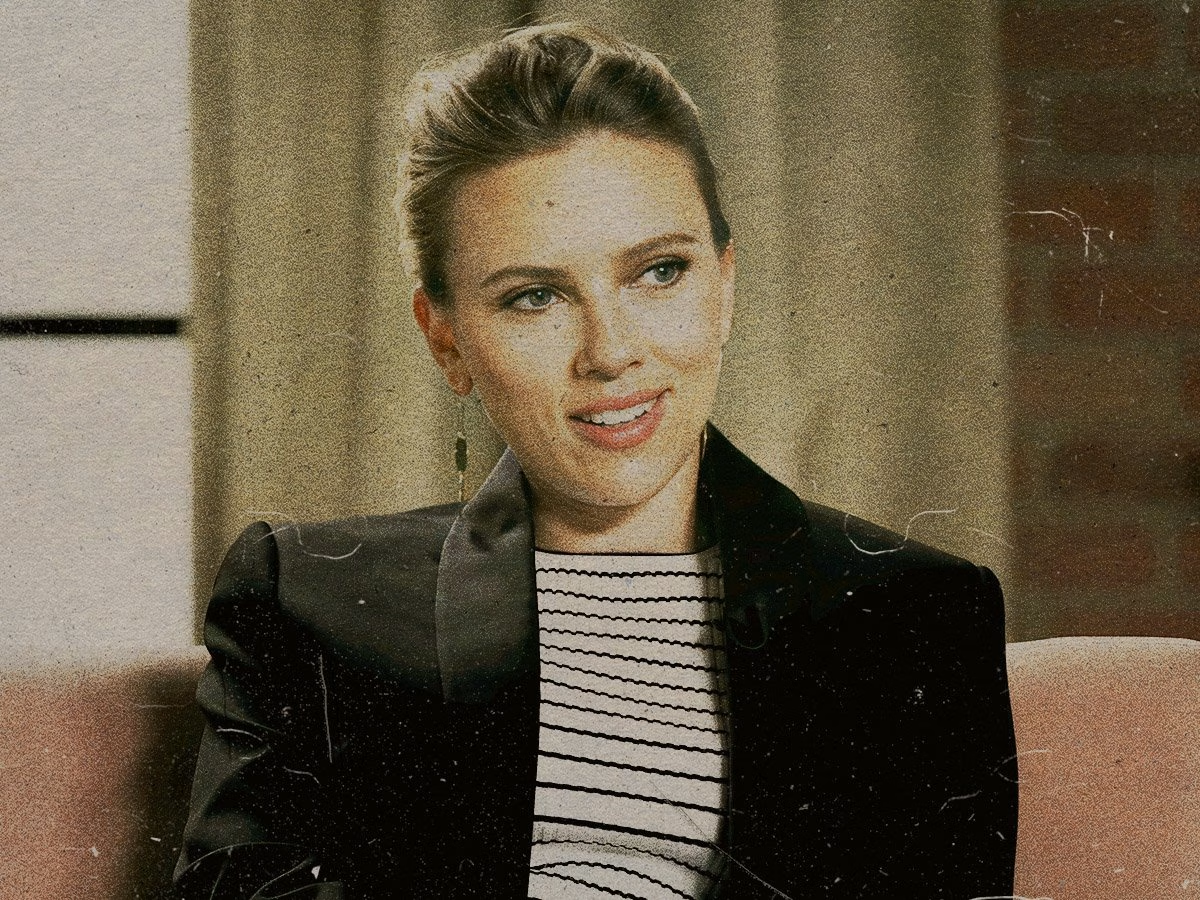It’s fascinating, yet daunting, to realize how interconnected we are as human beings. A small action by one person can trigger significant changes in the lives of others, often without anyone being aware of it. This was precisely the case when Scarlett Johansson unintentionally set the stage for a reality TV show.
Scarlett Johansson first captured the public’s attention in the early 2000s with memorable performances in films like Ghost World and Lost in Translation, both of which showcased her talent for portraying complex characters. In Ghost World, she played a high school student facing the transitional struggles of adulthood, while in Lost in Translation, she embodied a lonely young wife grappling with feelings of isolation during a trip to Japan. These roles established her as an actress adept at exploring intricate, introspective narratives.
During the mid-2000s, Johansson expressed a desire to branch out into theater, leading her to audition for the lead role of Maria von Trapp in a West End production of The Sound of Music. Despite her Hollywood background, she impressed the renowned composer Andrew Lloyd Webber and landed the role.
However, her aspirations crumbled when it became clear that her Hollywood star status came with demanding conditions, including the need for multiple “minders” backstage. Webber, frustrated by these requirements, publicly stated, “It became clear that it wasn’t going to work because the demands were so ridiculous.”
In response, Johansson’s spokesperson clarified that while some discussions took place, Webber’s comments were overstated. They explained that the negotiations fell apart not because of her demands, but due to scheduling conflicts with her film commitments. Regardless of the true circumstances, Webber decided to look for another leading lady.
This led to the creation of the reality television show How Do You Solve A Problem Like Maria?, which debuted in 2006. Developed by Webber and Gigi Eligoloff, the program aimed to discover the ideal actress for the musical, culminating in Connie Fisher winning the role. As a result of Johansson’s withdrawal, Fisher and other contestants were propelled into promising careers, ushering in a new wave of reality television.
The show’s success prompted additional spin-offs like Any Dream Will Do and I’d Do Anything, further exploring fresh talent. Among the participants, Jessie Buckley emerged as a standout star, later earning an Academy Award nomination. Had Johansson taken the stage as Maria, this reality TV revolution might never have unfolded, and her career trajectory could have looked vastly different. It’s a testament to the unexpected ways in which one person’s decision can create opportunities for many others.













